Must-see museums and galleries in north London
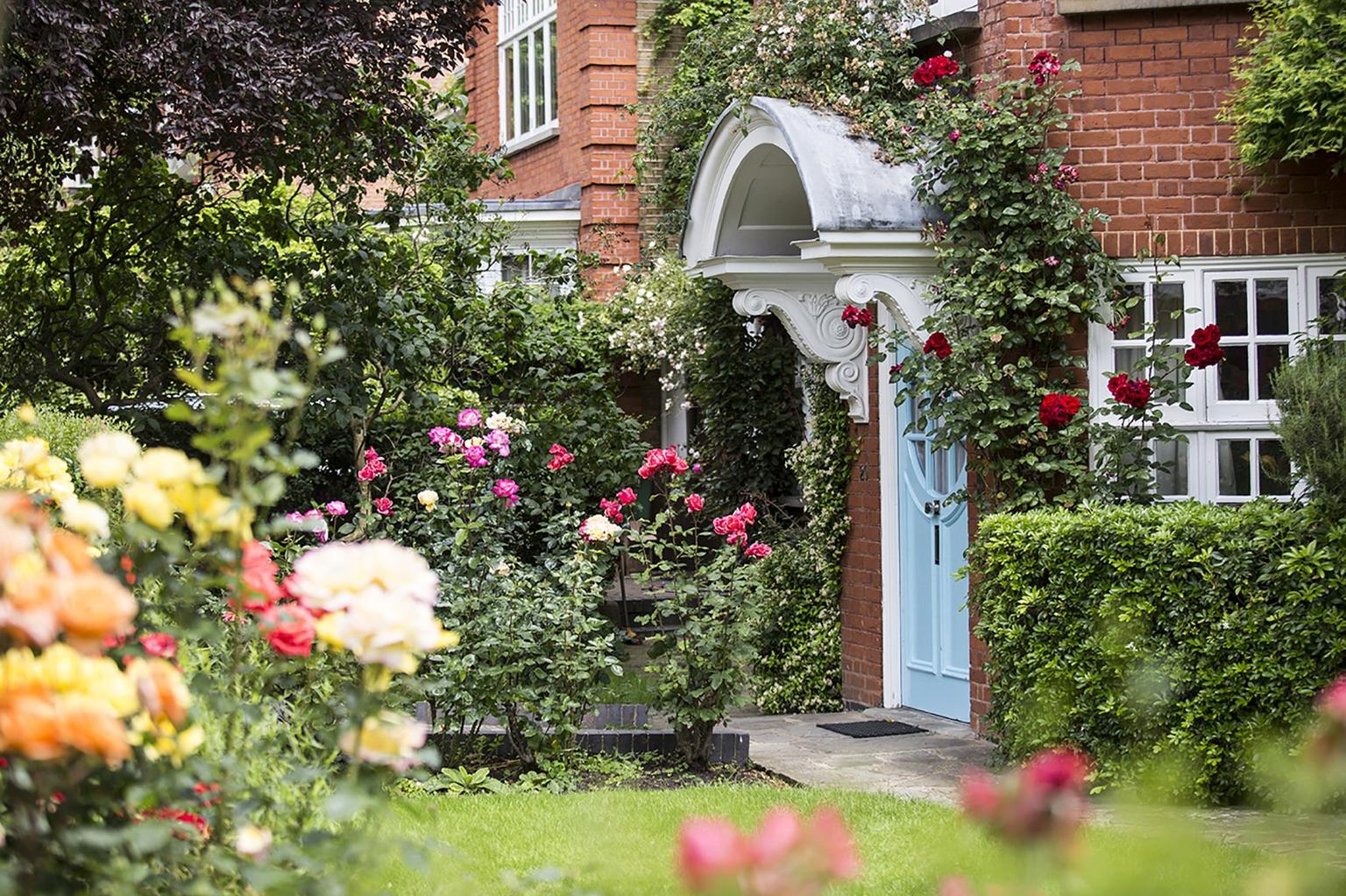
From a museum dedicated to London’s canals, to a collection of modern Italian art, north London is home to an eclectic group of museums and galleries. Here's our guide to get you exploring.
Did you know that north London is home to a museum dedicated to the city’s waterways? Or the house that Sigmund Freud, founder of psychoanalysis, lived in?
The museums and galleries here are a fascinating mix – visit our picks and discover science and art at the Wellcome Collection, polar explorer Captain Scott’s diary at the British Library, and the history of the capital’s ice industry and waterways at the London Canal Museum.
And, what better time to get exploring than the upcoming London Gallery Weekend – when galleries across the area will be host to talks, workshops and special events. Check ahead to see what's on.
Explore our full listings for more museums, galleries and exhibitions across London.
Museums and galleries in north London included with National Art Pass
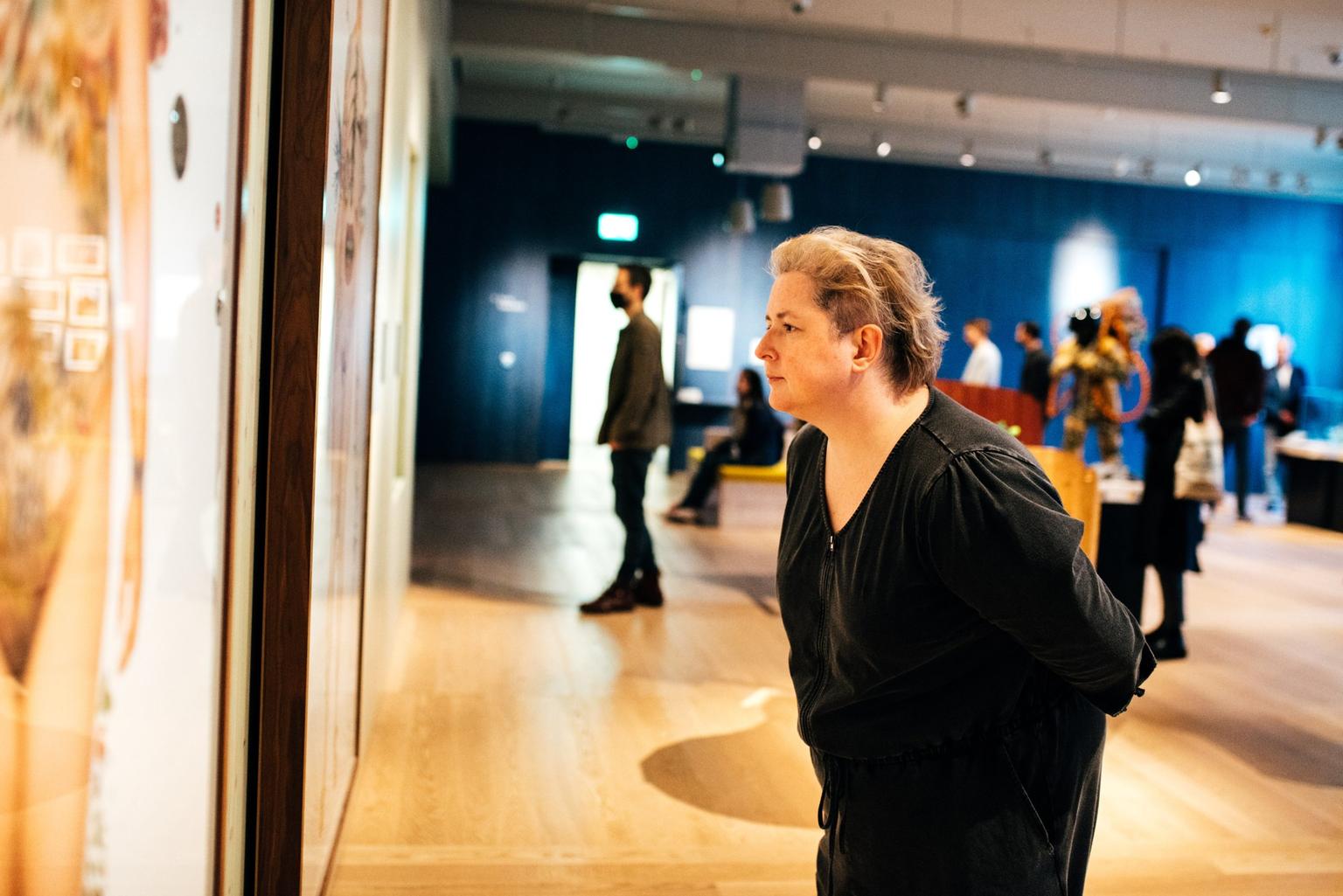
Wellcome Collection
This museum and library, which explores the connections between medicine, science, life and art, is a haven of tranquillity amid the bustle of Euston Road. The permanent exhibition, Being Human, uses 50 works of art and objects to explore humanity in the 21st century, and is accompanied by fascinating temporary exhibitions and events, a hidden-gem Reading Room (pictured) and a spacious café.
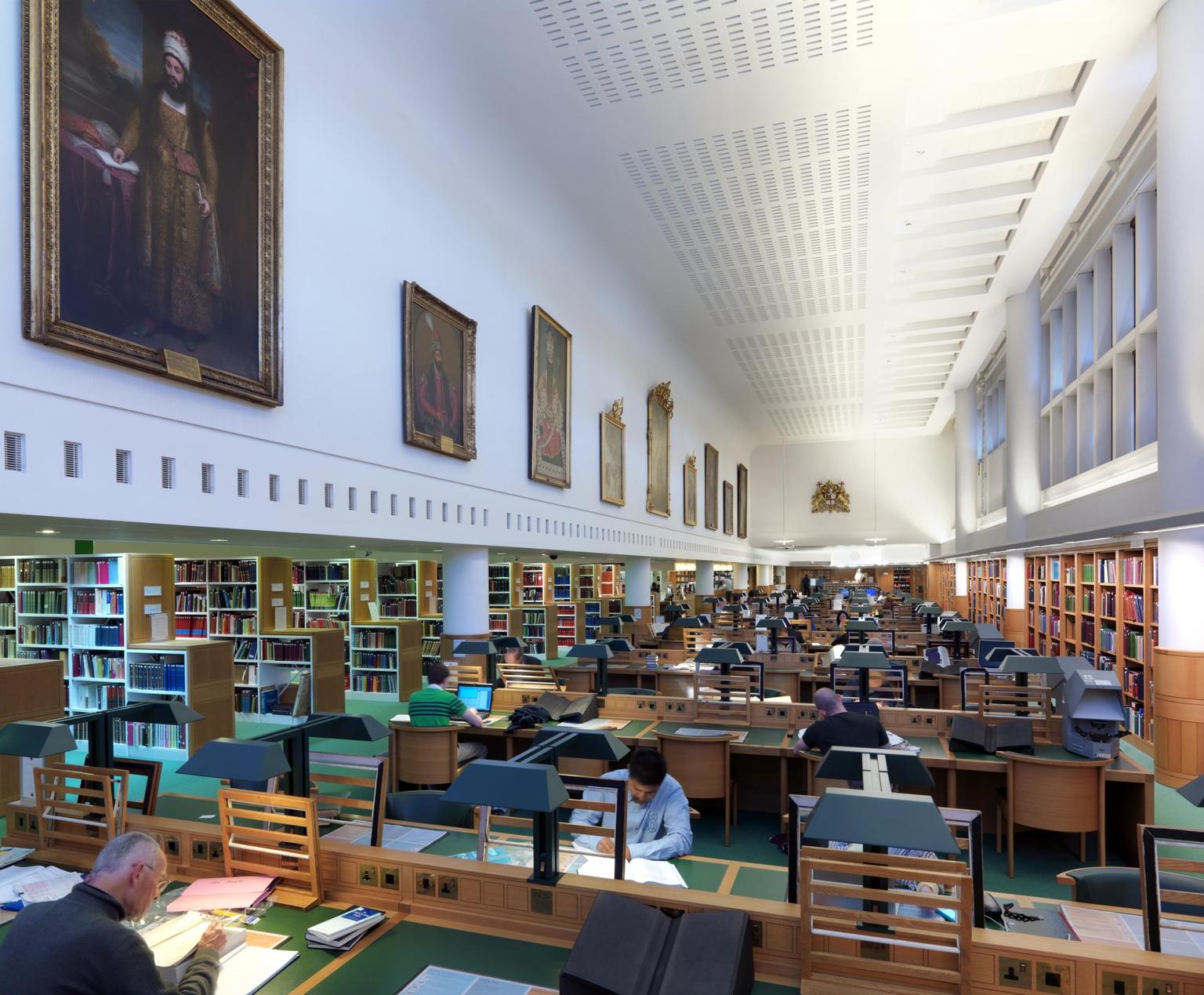
British Library
The UK’s national library is home to 170 million items, including treasures from throughout written civilisation. Ranging from Leonardo da Vinci’s notebooks, handwritten manuscripts by the Brontë sisters and polar explorer Captain Scott’s diary to today’s newspaper, the collection is available to study in the library’s reading rooms with a free Reader Pass. Drop in to admire the six-storey-high King’s Library, free displays, literary-themed exhibitions and lively programme of events – or simply to enjoy a coffee in one of the cafés. The library’s public courtyard is a sun trap in summer, and dotted with sculptures.
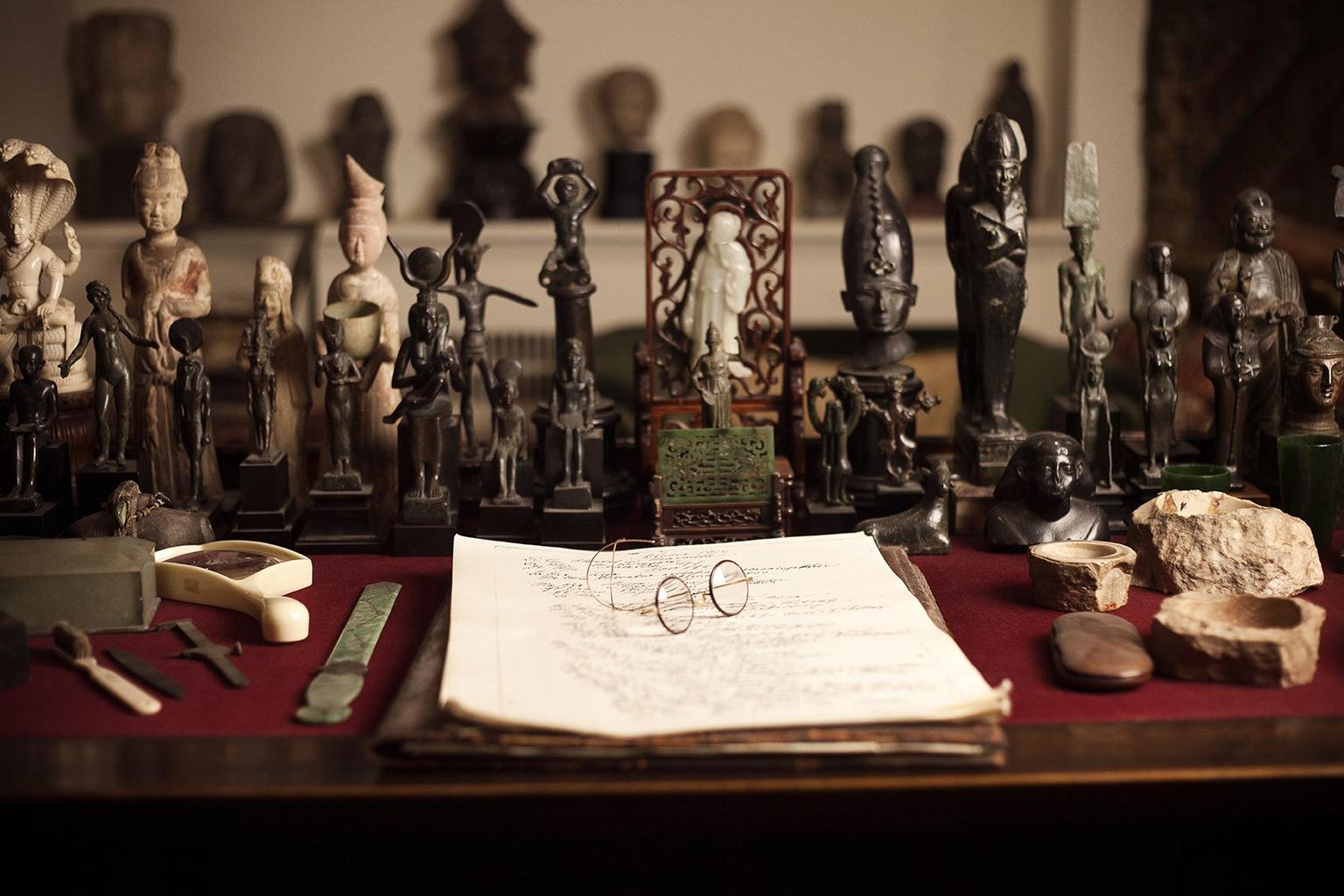
Freud Museum
20 Maresfield Gardens was the final home of the founder of psychoanalysis, Sigmund Freud, and a refuge for his family after escaping the Nazi annexation of Austria in March 1938. Here, 1,600 books line the walls of Freud’s study, the room in which he died the following year. Discover his collection of antiquities, specially adapted chair and famous couch, as well as the work of his youngest daughter Anna Freud, a pioneering child psychoanalyst. A 20-minute film includes voiceovers from Anna, as well as a rare interview with Freud, while talks, events and temporary exhibitions explore themes relating to psychoanalysis and the family.
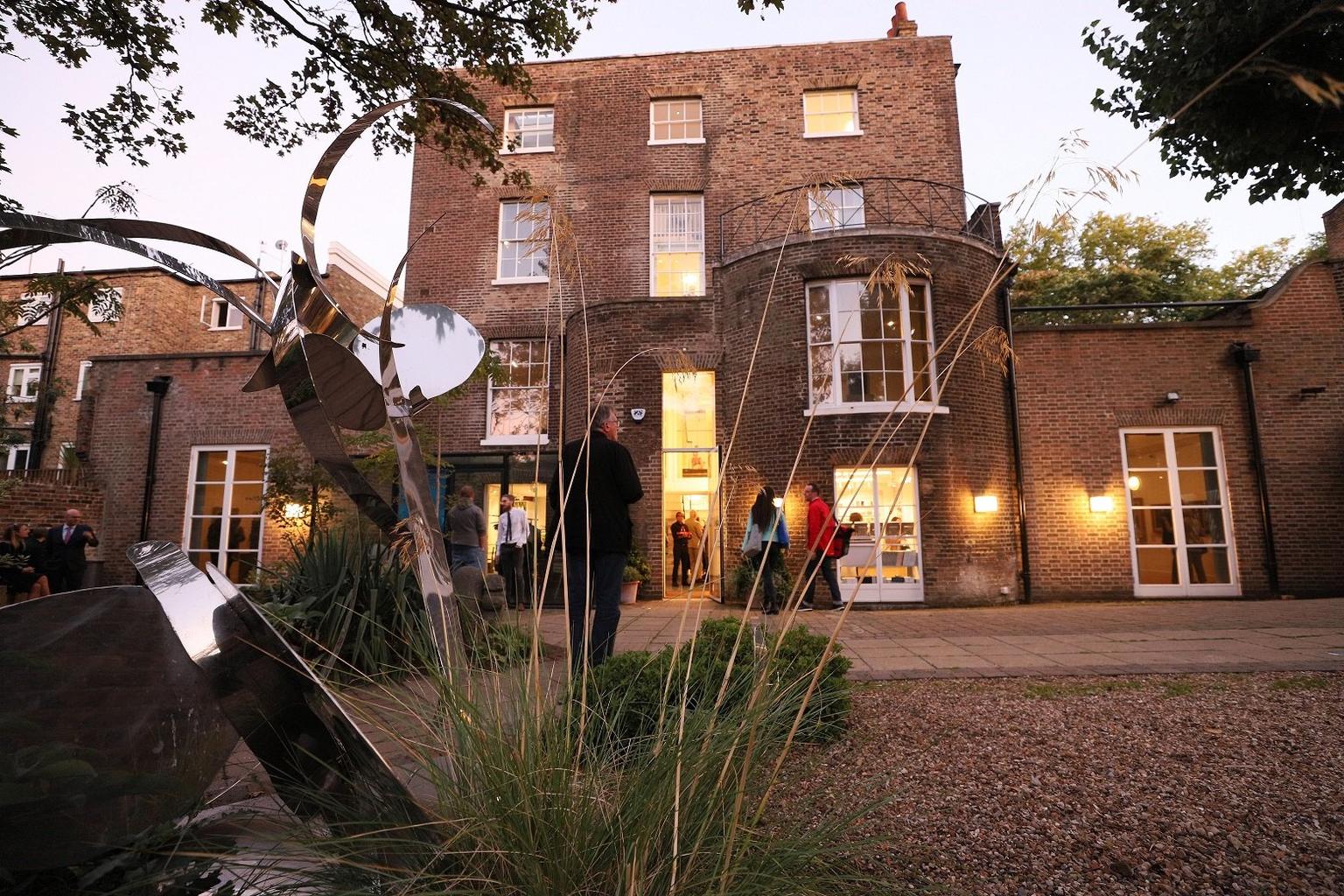
Estorick Collection of Modern Italian Art
American sociologist and writer Eric Estorick became a collector and art dealer in the 1950s, representing high-profile clients including Lauren Bacall and Billy Wilder at auction. His personal collection of modern Italian art, developed together with his wife Salome Dessau, is now displayed in a Grade II listed Georgian house. The collection is particularly strong in Italian Futurist works, and features figurative art and sculpture from 1890 to the 1950s – Estorick had interest from both the Tate and the Italian government in acquiring it. It's displayed here, alongside temporary exhibitions, a bookshop, café and art library.
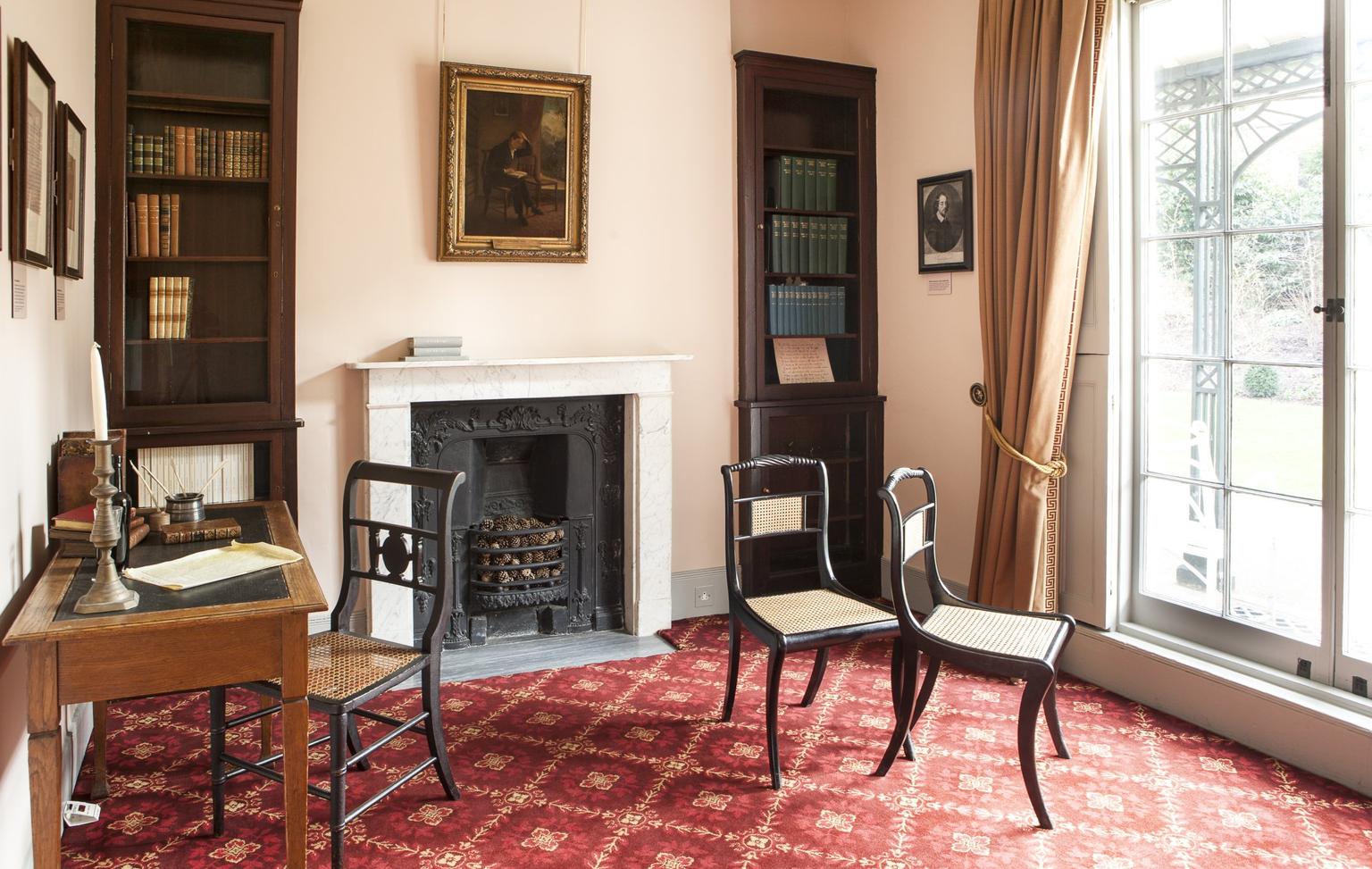
London Canal Museum
Crucial to the rise of industry in London’s past, the cross-city canal network is the focus of this north London museum, where artefacts and archival material tell the story of the people, horses and cargo that once travelled the capital’s waterways. Housed in a former ice warehouse, built for ice cream maker and ice entrepreneur Carlo Gatti, the museum also explores the ice industry and features a huge Victorian ice well. Wander through exhibits including a narrowboat cabin and discover the museum’s temporary exhibitions before taking a tunnel boat trip on the Regent’s Canal.
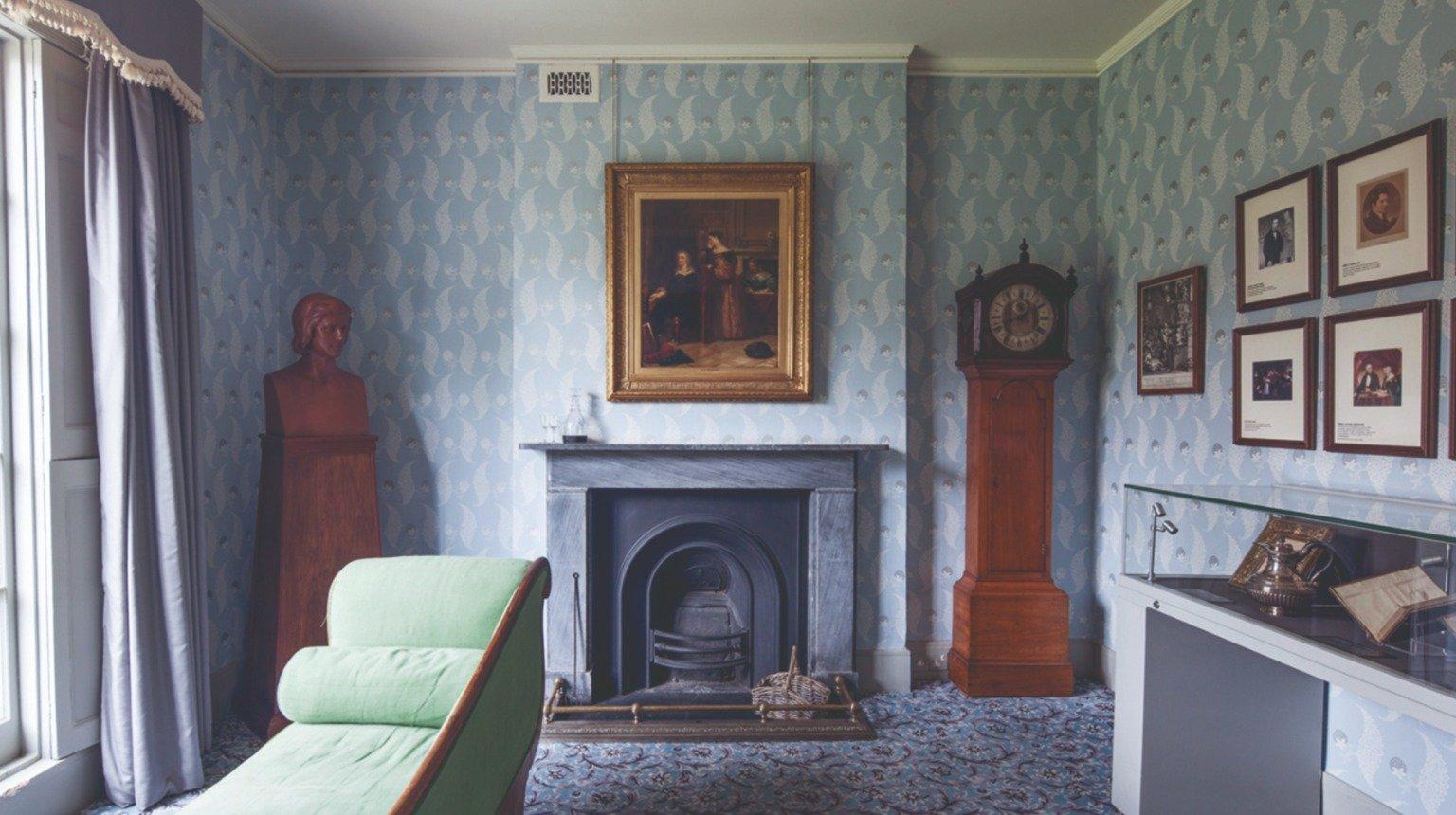
Keats House
Though only home to John Keats for 17 months – Keats left the house for Rome in 1820, where he later died of tuberculosis aged just 25 – this Regency house was the place where the Romantic poet composed a number of his greatest works, including Ode to a Nightingale. Now a museum and centre for contemporary poetry, it was also where Keats met and fell in love with Fanny Brawne. First opened to the public in 1925, over time the museum has been restored and its collections redisplayed; today, Keats House is home to a lively programme of events and exhibitions.